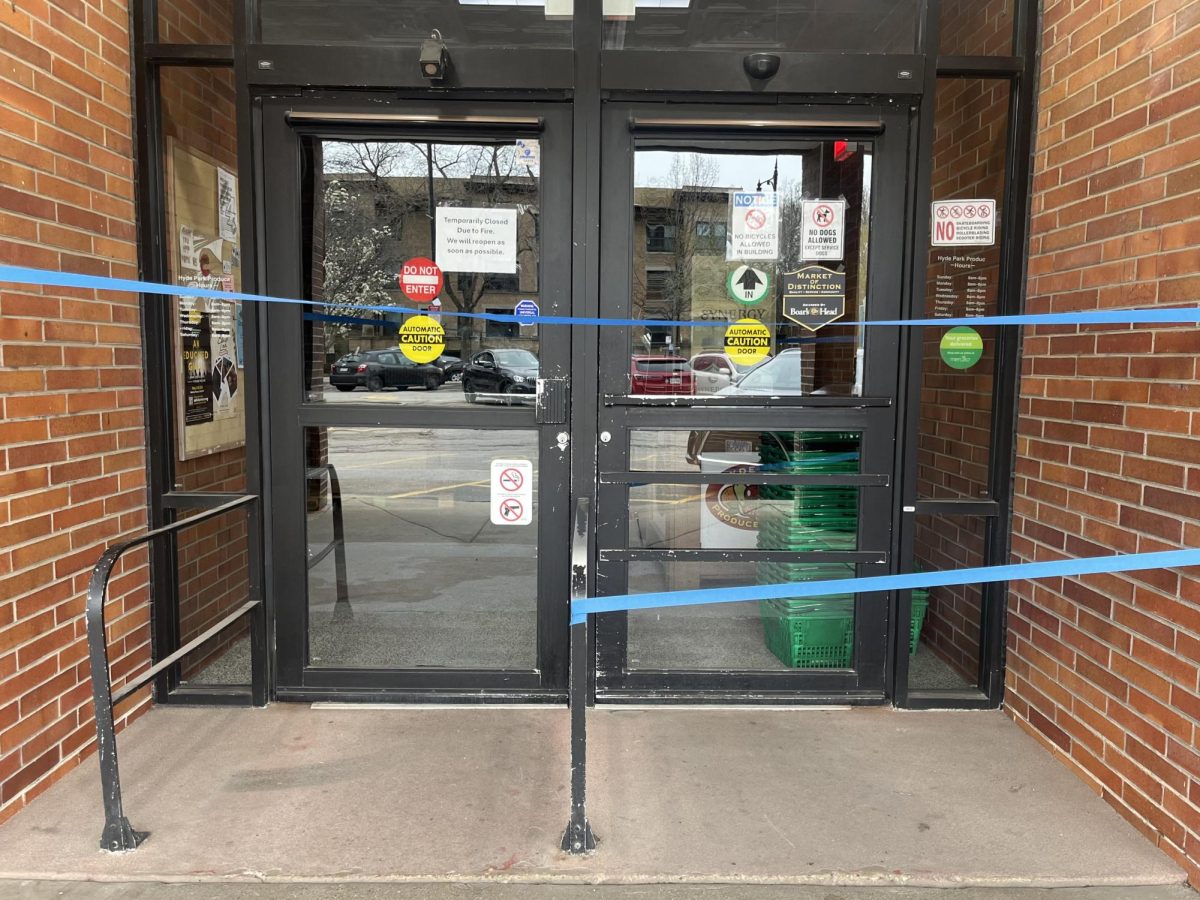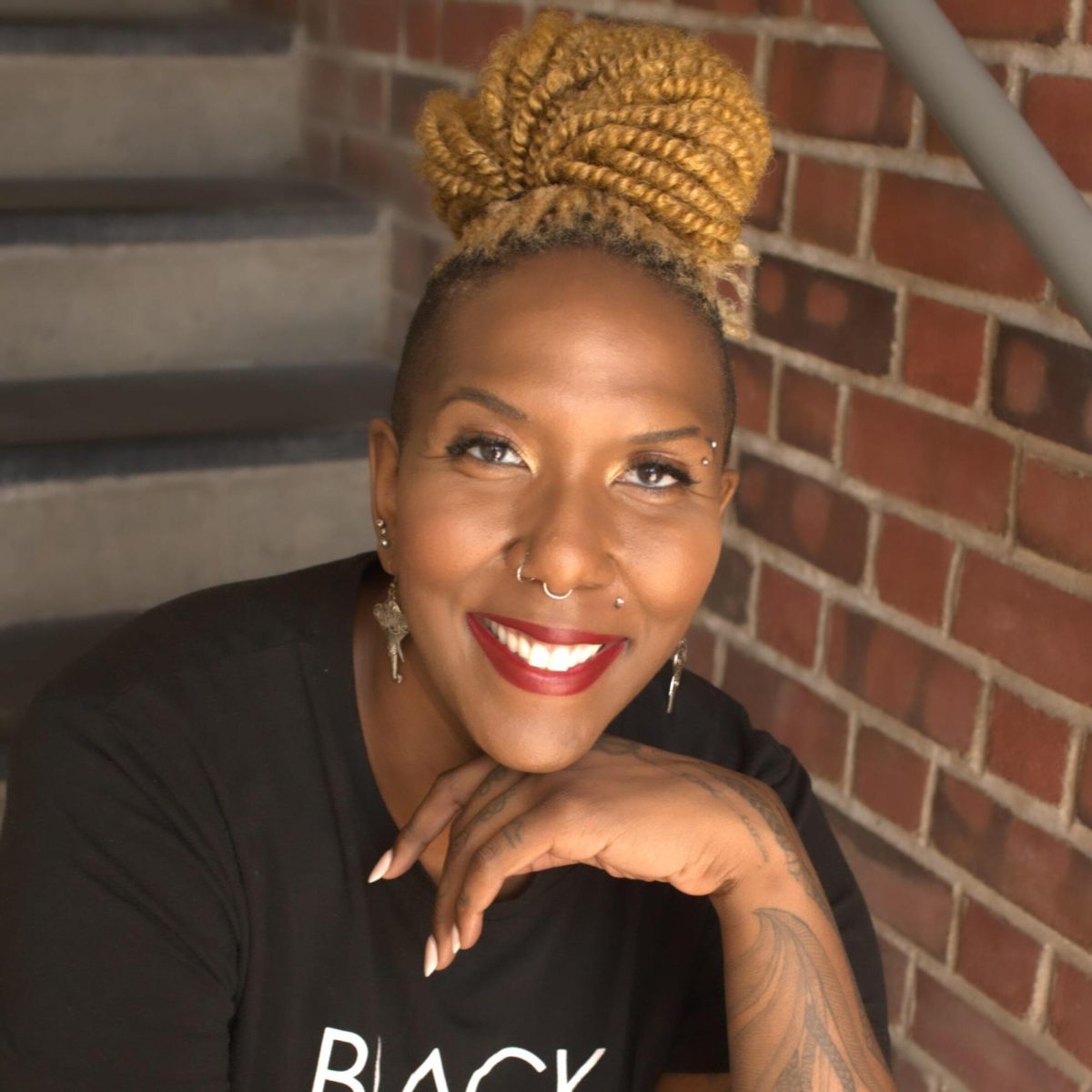The Class of 2006 might not graduate at Tulane University, whose future remains unclear. Like other universities in the Gulf Coast area, Tulane was shut down since it lacked a disaster plan capable of dealing with Hurricane Katrina. Considering the possibility of unexpected disasters, the University of Chicago started reevaluating its emergency contingency plan as Katrina was pounding the Gulf region.
Steve Beaudoin, director of safety and environmental affairs, oversees the University’s disaster plan. He said he and a consultant hired by the University with government-level experience have been reviewing the University’s Emergency Management Plan (www.uchicago.edu/docs/emergency/plan) for several months.
Katrina prompted Beaudoin and his consultant to turn their attention to the disaster plans of the affected universities. “At this point a side-by-side comparison has not been made, but we plan to review not only the Tulane plan, but there are also several other schools in the Gulf who have been as equally devastated,” he said.
Beaudoin said that “straight-line winds such as those that impacted the community two summers ago,” bitter temperatures, and heavy snow could potentially be dangerous. But he added, “I am a native of Chicago and have lived through two such snow storms, and I will point out that the University of Chicago, in its 103 years, has never fully closed.”
Beaudoin said he thought it important to understand the type of disaster that can impact the different regions, in this case the Gulf Coast and Chicagoland. “The Gulf States and those along the eastern seaboard are vulnerable to hurricanes that by nature impact a larger area,” he said. “The Chicago area is typically impacted by heavy snow, severe cold, and on occasions strong winds. There have even been tornadoes outside of Chicago proper.”
Given Tulane’s inability to deal with the recent disaster, Beaudoin said, “I don’t believe any plan could have anticipated the total devastation of so many cities, nor could one have been totally prepared to deal with the consequences of such a storm. While it sounds cruel to suggest anything good can come out of a disaster such as this, there are the lessons learned.”
“To my knowledge, we have been very fortunate that we have not had to deal with a natural disaster that has disrupted the function of the University in a manner as has happened at Tulane,” said Martina Munsters, deputy dean of students in the office of student affairs.
Munsters and Beaudoin noted that a situation like Hurricane Katrina, which disrupted all service at Tulane, would be a Category Three disaster under the emergency management plan. A Category Three event, according to the plan, is “catastrophic in scale, affects the community surrounding the University, and requires a response far beyond the University’s internal capabilities.”
Examples listed include “tornadoes, large civil disturbances, acts of war.” In case of such an event, the plan calls for the ad hoc establishment of an Emergency Operations Center. The Operations Center’s primary back-up sites are on 1155 East 60th Street, a lab in the Biological Sciences Learning Center, and the University Police’s Young Building.
But Beaudoin said this was not the only section of the plan he was reviewing. “Since the emergency management plan is critical to the University’s ability to respond to emergencies and the eventual return to normal, all the pieces are interconnected, therefore no one section can be the focus.”
Also, while the University has a “high-level plan to manage such a disaster, each department must also have their own emergency plan, which when activated supports the recovery of the University,” Beaudoin said. “The activities of some departments such as Facilities Services, Networking Information Systems Technology (NSIT), Safety and Environmental Affairs, Dean of Students Office, Medical Center, Real Estate Operations, Biological Sciences, and Physical Sciences have a significant impact on the operations of the University so their emergency plans receive more attention.”
“I can’t imagine designing a disaster plan that could possibly lead to near-term recovery from something that is so completely devastating to the campus [ ] as this storm has been,” said Steve Klass, vice president and dean of students in the University. “For example, if the entire city and region are faced with equivalent levels of destruction, any planning for alternate class sites would become moot, not to mention the impact on research projects, libraries, laboratories [and more].”
Beaudoin said these complications noted by Klass were addressed in Appendix 2 of the plan. “If the City of Chicago were to suffer such a disaster, the primary focus would be to meet the basic needs, such as food, shelter, and medical support within the first 24 to 72 hours,” he said. “I am working with various departments in the development or enhancement of their emergency and business continuity plans.”









